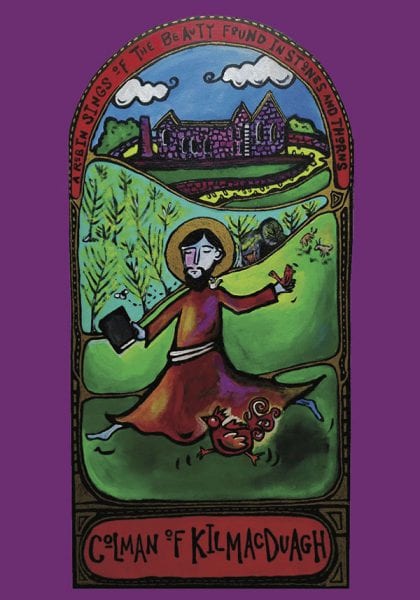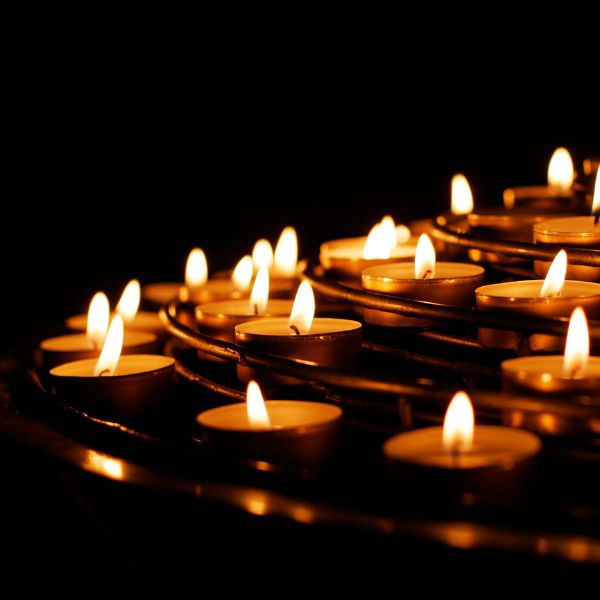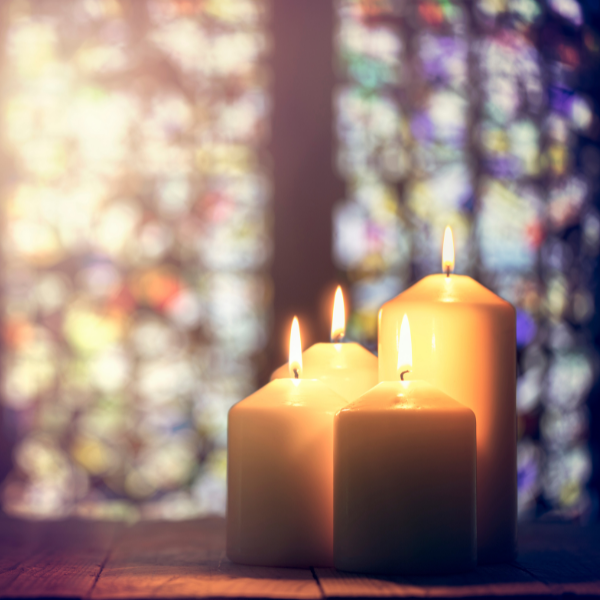![]()
Dearest monks and artists,
Our final webinar in the Illuminating the Way series will be happening on Monday, April 17th on Thomas Merton and the archetype of the monk. See details below for how to register. All the previous webinars are available by recording.
For me, one of the gifts of contemplative practice is the reminder that my own grasping at what I think is most essential is so often not. Being a monk is, of course, one of the archetypes with which I most deeply identify, I think because I need it so much. My desire to always live ten steps ahead of myself or my active mind always trying to figure things out. Merton has been an incredible gift in making much of monastic teaching and the contemplative life accessible to modern ears. Thomas Merton was a Trappist monk living in the twentieth century. His great gift for writing broke open the treasures of monastic tradition for a whole generation and those who followed. The Trappist are part of the Benedictine family tree, essentially a reform movement that began in the 17th century when the Abbott of La Trappe monastery in France felt the Cistercians were becoming too liberal (and the Cistercians were a reform movement several centuries earlier when they felt the Benedictines were doing the same thing). It is an order of returning to simplicity.
I love the way nature was for Merton a profound teacher and wisdom guide. He experienced all of creation as pointing the way toward our True Selves, which is who we were created to be at heart by the divine creative force, and not who we imagine ourselves to be with all of our agendas and goals and strivings. He saw the lakes, the sea, the mountains, trees and animals as all saints because they are so intrinsically themselves. To be a saint means to be fully oneself. These elements of creation do not spin stories which take them away from their true nature. There is so much grace for us to discover in witnessing them, letting their wisdom into our lives. We get to choose whether to be true or false, real or unreal.
Merton writes: “Forest and field, sun and wind and sky, earth and water, all speak the same silent language, reminding the monk that he is here to develop like the things that grow all around him.” The elements of earth, wind, water, and fire all help the monk cultivate organically, which means not forced. I am reminded here of the poet Rilke’s line “no forcing and no holding back.” Merton would find in creation the very source of his prayer, describing that as he seeks silence and solitude he discovers that everything he touches is turned into prayer: “where the sky is my prayer, the birds are my prayer, the wind in the trees is my prayer, for God is in all.” It is this profound insight of God in all that is the central revelation of the contemplative life. Practice awakens us to this reality slowly and allows love to seize us, rather than fear or worry.
You can find Part Seven of A Different Kind of Fast for Lent on Embracing Mystery here>>
With great and growing love,
Christine
Christine Valters Paintner, PhD, REACE
Dancing Monk Icon © Marcy Hall (prints available in her Etsy shop)





